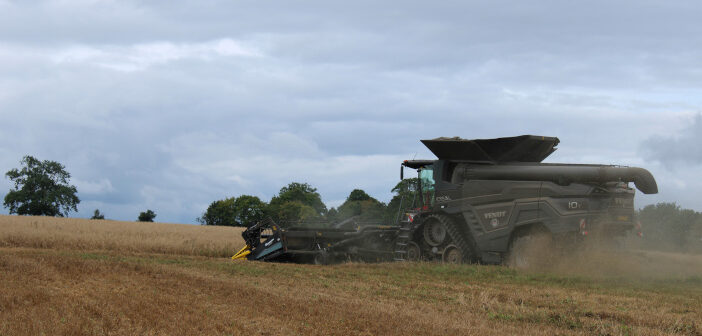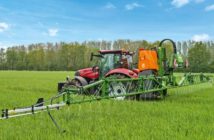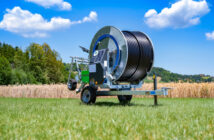With crops cut much lower in minimum tillage systems, Continental is warning that this could increase the risk of tyre damage.
“Lower or shorter stubbles protrude at sharper angles, with the potential to damage tyres because the stalk will not be pushed over, and can instead dig in. This can cause damage to the lug and, at low pressures, the sidewall, as it bulges under the weight of the tractor,” says agricultural tyre specialist Tom Godwin.
The shorter stubble is required to aid with planting the following crop. Combined with improved genetics, this can leave very strong stubble across the field.
“Using a tyre with a wider lug that leaves less room for stubble damage is one way to mitigate against stubble damage but, fundamentally, tyre choice and pressure will play a bigger part,” he adds.
The Continental d.fine lug design is said to offer 5% greater lug coverage, protecting the vulnerable parts of the tyre between. The company’s nylon layer also increases flexibility, however, Tom notes that harvest might be the time to run at higher pressures.
“Harvest is a rare example of when it can be beneficial to run tyres at higher than normal pressure and we recommend up to 0.4 bar. When the ground is already hard, having a tyre at very low pressure will cause the tyre wall to bulge. If this happens when the tyre is constantly being attacked by stubble, it presents a weakness that can lead to tyre failure,” he says.
Greater pressures will also help to keep the tyre cooler while making the tyre wall taller and less prone to damage. This must be balanced with the increased risk of soil compaction.
“It is a tricky decision to make but if a tractor or harvester is doing long hours, heat build up can become an issue. We therefore suggest that utilising tramlines and headlands for field travel and loading is important to reduce compaction,” he says.
Tom concludes by noting that Continental offers warranties against stubble damage, with three years offered on new tyres as part of a wider ten-year warranty.




